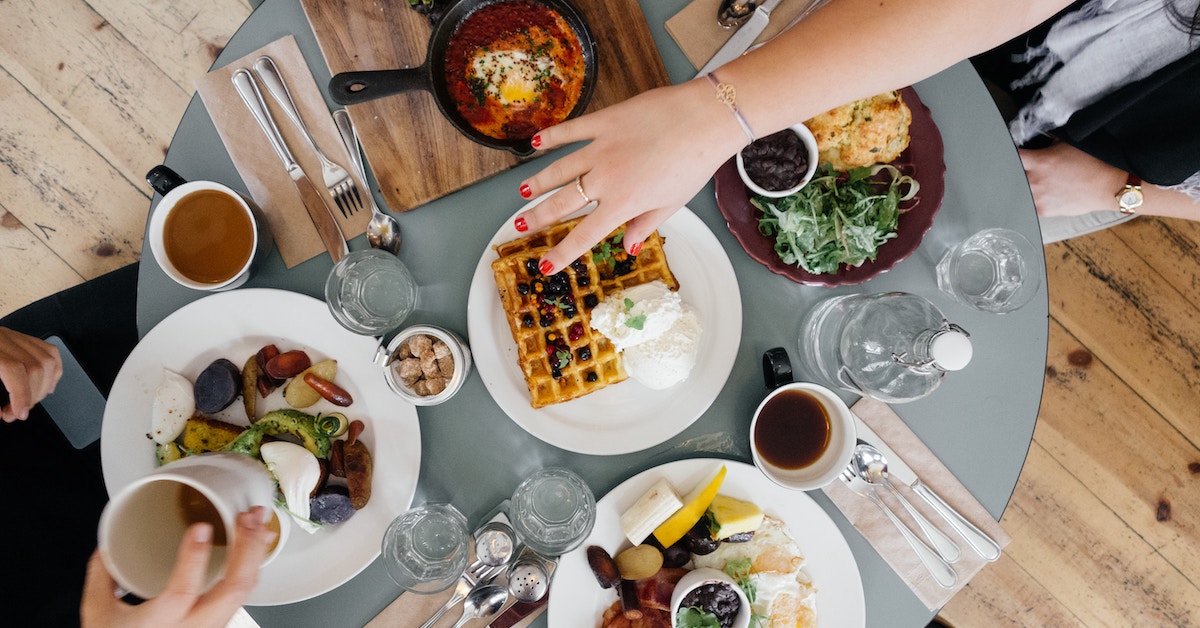
Let’s just get it out there – running a restaurant is tough. Competition is fierce, staff are constantly turning over, and the industry is constantly changing. There are quite a few things stacked against your success.
There are more than one million restaurants in the U.S., according to the National Restaurant Association. And according to research from Ohio State University, almost 60% of new restaurants don’t make it through the first year, and 80% fail over five years.
With restaurants often vying for the same customers, it is important for owners to use every tool at their disposal to edge out the competition and be more efficient. Because when you operate more efficiently than the competition, you increase your profitability and make your restaurant less susceptible to external pressures.
So if efficiency is the name of the game, how do you make your restaurant more efficient? Two words: restaurant metrics.
Metrics, also known as Key Performance Indicators (KPIs), track how well your restaurant is doing and whether it is meeting its goals. When you track KPIs, you can tell whether changes in your operations are actually having a positive effect.
Here are the three most important metrics you should be tracking, why they are important to track, and how to best track them.
Restaurant metrics: Labor cost percentage
Labor cost percentage is how much labor it costs to run your restaurant in comparison to your total sales. Along with your food costs, it is likely one of your restaurant’s biggest expenses.
It is important to track labor cost percentage because it can help you determine whether you are spending too much or not enough on labor based on how much money your restaurant is making. Labor cost should typically be between 25-35% of your total sales for a full-service restaurant.
To calculate your labor cost percentage, first determine your total labor cost by multiplying your employee hourly rate with the number of hours worked, plus benefits and tax for each employee, then add the values together for all of your employees.
Next, divide the total labor cost with your restaurant’s total sales, then multiply by 100 to get your labor cost percentage.
To gain the most insight out of your labor cost percentage, consider dividing your staff into different groups, such as front-of-house, kitchen, and management, to see if one group’s cost is out of balance. For example, you may find bartenders are costing you a lot even though drink sales are not that high. If so, consider training your serving staff in bartending. If there is no negative impact on performance, then you’ve saved money by using the labor cost percentage.
Software can help you manage your labor cost percentage. Scheduling software, like7shifts, can alert you when employees have almost reached overtime so you can change their schedule and avoid the extra payout. Scheduling software can sync with your restaurant POS to forecast sales for future periods so you know what shifts to create the next time around.

Restaurant metrics: Food cost percentage
While labor is important to recommend your restaurant’s creations, your menu items themselves deserve measurement to make sure they are performing optimally.
The first metric to measure when it comes to food is the cost to prepare your different items and how it relates to the items’ price. To find your food cost percentage, first add together all the costs to make a certain item, such as for ingredients, labor, and delivery. Then, divide the total cost of the item by the price you are charging for it and multiply by 100. Typical food cost percentage should be between 25-35%.
The food cost percentage is a good measurement to tell whether you are charging enough for an item or whether it is costing too much. While an item may be a bestseller, it may use seasonal ingredients that jack up its cost when they’re not in season.
Pro tip: Consider having a seasonal menu, if that’s the case, where you use what is in season to keep costs low.
Once you know that your menu items’ cost is a good percentage of its price, then you can see how it contributes to your profits. To do this, subtract the item’s sales from the cost of the item, which will give you its contribution margin to your profits.
You don’t have to calculate all of your food items’ metrics by hand, either. Restaurant POS systems, like Lightspeed, can automatically track menu sales and use that data to show you exactly how your menu items are affecting your sales. You can see your best sellers, modifiers, and how your menu is performing based on the time and day of the week. This information can help inform your servers on what to push, or how to market certain items, like on social media.

Restaurant metrics: Inventory
Your restaurant’s inventory is likely one of your biggest costs, making it an important metric to keep close track of. This metric is known as Cost of Goods Sold, or COGS.
COGS tells you the dollar amount of your sold inventory. To calculate COGS, take the value of your beginning inventory, add it to the value of your purchases, then subtract the value from your ending inventory of a certain period.
For best results, try to manage your inventory at the beginning and end of each week, as well as the beginning and end of the month. You can also divide your inventory into categories, such as meat, dairy or vegetables, to know how much waste there is for each, or where you may need to negotiate a better price with your distributors. If you use a restaurant POS, you can instantly pull out all this information and manage all of this inventory digitally to make you never run out in the middle of service.
Use COGS to find the optimal amount of inventory to have in relation to sales so you don’t run out of product, but also don’t end up with too much. You can divide your COGS value with your total sales to find the ratio between the cost of creating your dishes and how much money is made from them.
While running a restaurant can be a great challenge, if you keep a close eye on key metrics, like pricing, how much labor is costing and how much you are spending on food, then you are one step closer to optimizing your operations and maximizing your profits to help you stay a step ahead of the competition.
Want more restaurant metrics?
Download our free report and get 5 key performance indicators to ensure your restaurant's success.

News you care about. Tips you can use.
Everything your business needs to grow, delivered straight to your inbox.


